If you’re a fan of rustic old-world charm and traditional flair, the stone cladding types will definitely appeal to your senses. Stonewall cladding is an excellent specimen of modern engineering and helps achieve that resolve to make sure your home is an extension of your personality. Stonewall cladding removes the need to build a house using expensive stone blocks which are not only exorbitant but also difficult to maintain.
Post your Requirement
This multipurpose stone wall cladding can be used both internally and externally and can be used to either conceal boring and dull cemented or painted walls or even used in conjunction with other cladding types to add panache and further brighten up your home and workspace interiors.
On the outside, it can help achieve the look or feel you desire with a huge range of finishes and colors to provide an appealing finish and a dash of sophistication. One thing for sure is that wherever it is placed, stone wall cladding helps bring back the elegant warmth and the contemporary style of the 19th Century while staying true to urban living and style.
Suggested Read: Stone cladding advantages and disadvantages
Types Of Stone Cladding
- Limestone
- Mountain Ledge Stone
- Natural Stone
- Ledge Stone
- Coursed Stone
- Stack Stone
- Artesia Stone
- Country Rubble Stone
Limestone

Mountain Ledge Stone
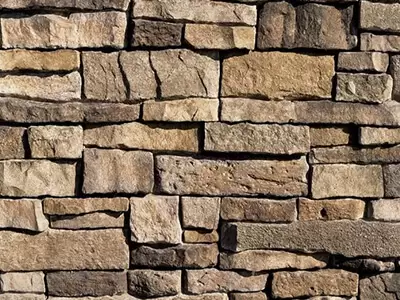
Natural Stone
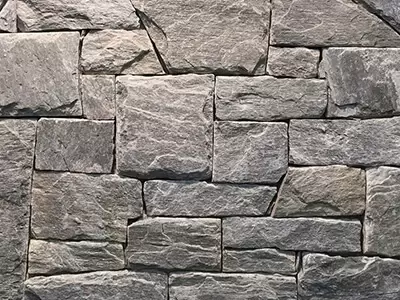
Ledge Stone
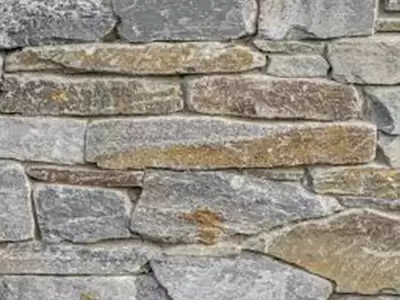
Coursed Stone
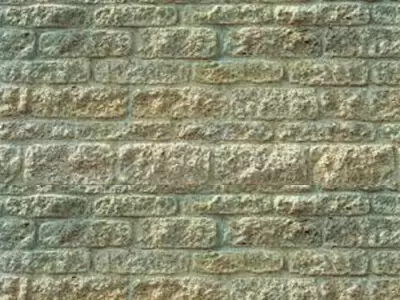
Stack Stone
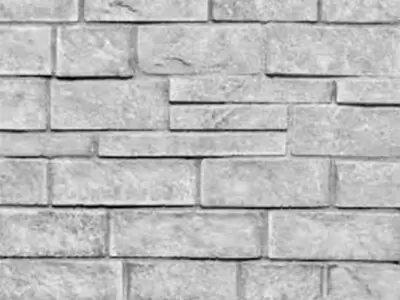
Artesia Stone
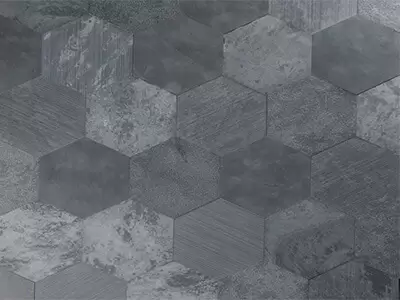
Country Rubble Stone
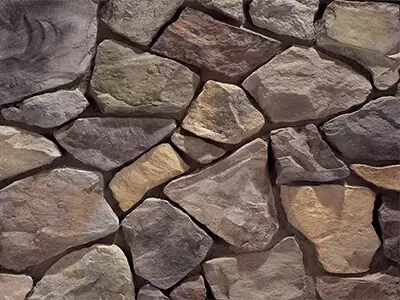
Country Rubble cladding is symbolic of the provincial structures which were found in Europe, where the structure depicts a simpler way of life. The unpredictability of the appearance of this unique cladding displays a simple earthy beauty that evokes the timeless essence of the European countryside. These are typically used in outdoor settings such as gardens, golf courses, and palaces since the cladding is both rough and strong while still being aesthetically beautiful.
The understated elegance of stone wall cladding infused with traditional style is sure to liven up your home or office and create a truly magical atmosphere. Besides they are available in a wide range of textures and styles giving you a host of options to choose from when trying to figure out which one works best for your abode.
How much does stone cladding cost?
Well, it’s hard to say how much stone cladding will cost you because it all depends on the design and the type of stone cladding you require, although the cost of stone cladding is relatively more than other cladding types, once installed, stone wall cladding is sure to keep you captivated for several years. Moreover, it’s extremely sturdy and durable and can pose fierce resistance to weather elements, fire, and pollution thereby making cladding stone prices immaterial in the long run.
No matter its use, from external limestone cladding to internal décor stacked stone, stone wall cladding adds depth and texture to any designated space while beautifully blending the boundaries between the outside walls and the ones on the inside.
Some popular stone cladding designs or finishes includes natural stone cladding, polished, tumbled, aged, sandblasted, bush-hammered, leather, flamed, mushroom, and sawn to name a few.
Suggested Read: Different Types of Cladding Material
How to install stone wall cladding
The natural rustic look of stone wall cladding certainly adds depth and class to the appearance of your home. However, unlike other forms of wall cladding, stone cladding can prove to be a bit more difficult to install. Owing to its sheer weight, it proves cumbersome to not only hold against walls and other surfaces but is also prone to falling off or peeling as it tends to put far more stress on walls. It’s, therefore, important to make sure the surface and the wall cladding pieces are free of dust and dirt to allow for sound adhesion.
- Stone cladding can be made from finely shaved coatings of large rocks which are then glued or affixed to a board or plywood with hard glue or mortar. Another way is to smear the board with small pebbles or stones to create a mosaic look. Wall cladding usually comes in the form of sheets or similar thin flexible materials which are attached to the outside side of the wall sheath, leaving some space between the cladding and the sheath to allow for water and air to circulate
- Additionally, before the stone veneers are installed, it’s imperative that the wall is treated with waterproofing material as well to ensure water doesn’t seep inside while also eliminating the possibility of condensation which may cause mold, rot, and mildew from occurring.

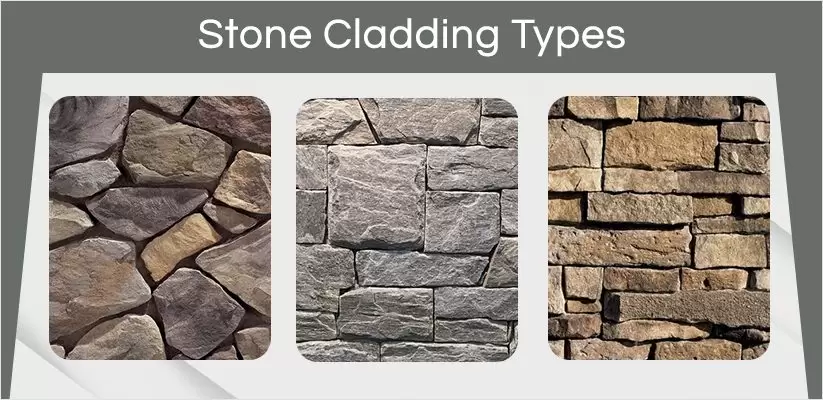
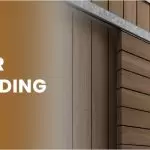
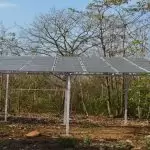



















Post A Comment